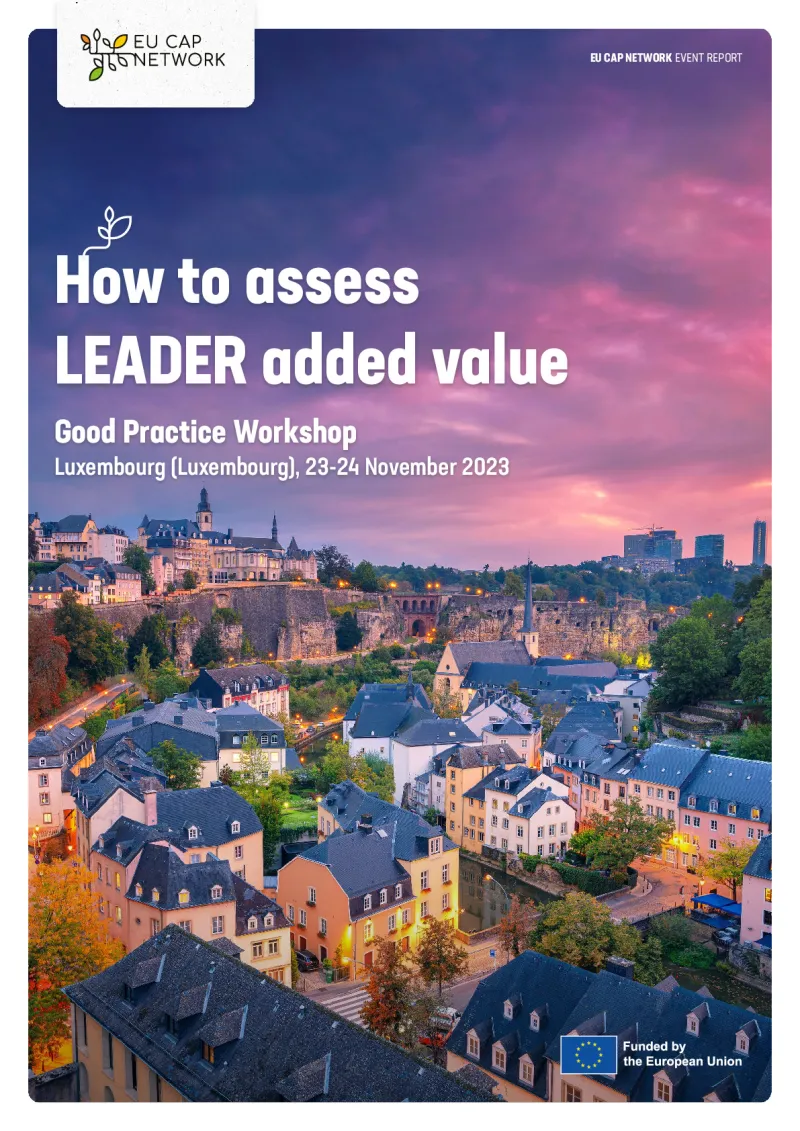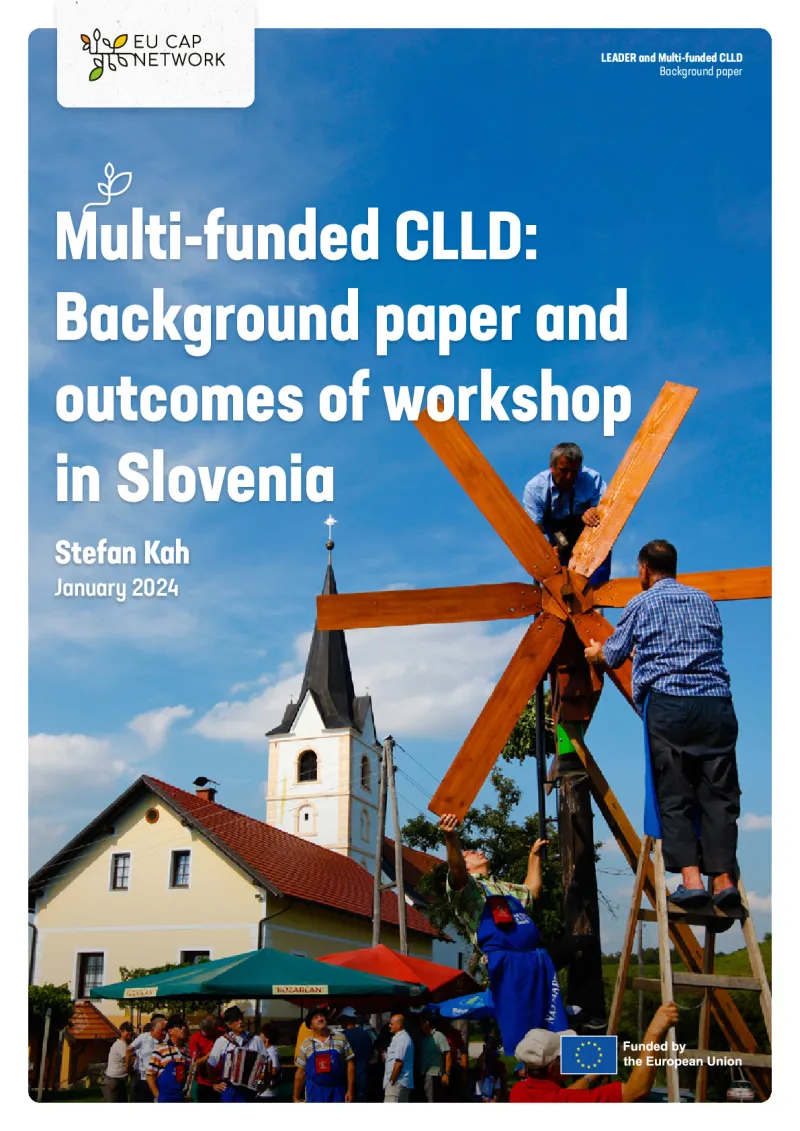Restoring Europe's nature and biodiversity through LEADER
- CAP Implementation
- Agricultural Productivity
- CAP Strategic Plans
- Environment
- Green Deal Targets
- LEADER
- Networking
- Rural Development
- Socio-economic Impacts
- Tourism
Two German projects show how LEADER funding can be used by rural communities to conserve farmland biodiversity and help restore European nature.

New opportunities for LEADER’s added value are on the cards, following the provisional political agreement on game-changing plans for EU nature restoration. The European Commission proposal for the EU’s new comprehensive nature restoration law promotes conservation actions that protect EU species and their habitats. Results of this can be significant for local, regional and national economies, because every euro spent on land restoration can bring an economic return of between 8 and 38 euros.
LEADER investments made by Local Action Groups (LAGs) through the CAP Strategic Plans (CSPs) can help communities take advantage of such sustainable development opportunities from rural ecosystem services. Natural environments also have positive effects on society’s health and rural Europe's thousands of LAGs represent an important critical mass of local development potential for the EU's plans for a new nature restoration law. Impacts (such as social and environmental benefits) from LEADER funding can support the nature restoration proposal’s purpose to “build up Europe’s resilience and strategic autonomy, preventing natural disasters and reducing risks to food security”. To that end, the LEADER approach can be a useful component of the CAP’s green architecture.
Nature restoration success stories are already widespread, and many examples showing LEADER’s added value as a nature conservation tool are available in our website's section on CAP-funded Projects and Practices. Two of the most recently published Good Practice stories from Germany highlight LEADER’s effectiveness in collective and territorial approaches to restoring farmland bird species.
Little Owls and Common Cranes
Being a key indicator for the EU Biodiversity Strategy, birds living in agricultural landscapes include many priority species that can benefit from LEADER-funded nature restoration actions. Populations of little owl and common cranes are among the bird species identified as important in Thüringer and in Saxony respectively. The LAGs in these regions recognised the opportunities for local development from funding restoration actions for both bird species, and the achievements from these LEADER projects are transferable to other parts of rural Europe.
Little owls in Thüringer were on a regional red list of endangered species and the population’s decline was attributed to changing land use practices that affected the owls' habitats. Nature restoration actions through LEADER were so effective that the German National Network submitted this LEADER project as a candidate for the EU CAP Network’s 2023 Agriculture and Rural Inspirational Awards. The project resulted in a framework for cooperation among habitat stakeholders, such as farmers, foresters, and other rural residents. LAG funds were used for nature conservation work to restore food supplies, nesting sites, and other vital habitat components.
In this Good Practice story, one project promoter notes that, “the spread of the species over the last six years shows that our efforts were effective. A species that was almost extinct in Thüringia has now returned and will hopefully continue to spread in coming years. The little owl is charismatic, storied [distinguished], and likeable, an ideal ambassador for species conservation."
Similarly beneficial outcomes have been achieved for common crane populations roosting on German farmland in Saxony around the Helmestausee Kelbra Dam. In this case, LEADER was helpful in giving funds to nature conservation staff to work with different stakeholders to introduce habitat management measures for the cranes. Feeding sites were stocked with grain using agri-environment funds from the CAP and viewing areas were established to reduce the risks of negative impacts on the roosting areas from visitor pressure.
A significant increase in crane numbers was recorded during the project, with the population rising from 10 000 to as many as 60 000 birds. In addition, some 140 000 visitors were attracted to the nature reserve where the cranes roost during the project. These numbers demonstrate the economic potential from rural tourism that can be gained through LEADER investment in new nature restoration opportunities in the 2023-2027 funding period.



